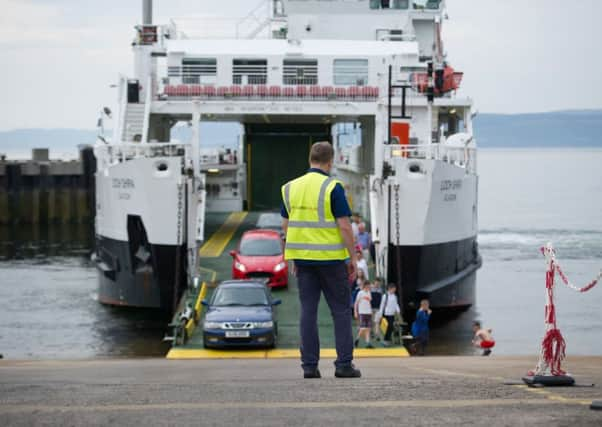Argyll council clocks up 3.6 million miles in 2015


Journeys undertaken by staff and councillors in Argyll and Bute, which has 23 inhabited islands and far-flung mainland communities, added up to 3.6 million miles last year - the equivalent of more than 15 trips to the moon.
However, while the mileage bill soars, £115,000 of video conferencing equipment installed in the council chamber two years ago has not been used for a single council meeting.
Advertisement
Hide AdAdvertisement
Hide AdInstead councillors have had to travel to council headquarters at Kilmory Castle, Lochgilphead, for even the shortest agenda item.
Councillor Michael Breslin, who faces a return journey of 139 miles from his home in Dunoon to Lochgilphead, is one of those who are calling for change.
Mr Breslin, who quizzed officials to confirm the council’s annual mileage toll, said: “It’s 3.6 million miles, and 2.457 million miles [of that] were paid at 45p a mile. A dozen officers can travel to a meeting for five or ten minutes.”
Oban Councillor Roddy McCuish added: “I think that video conferencing meetings would be very advantageous given the geography of Argyll and Bute, it would save on members expenses and the carbon footprint.”
Past chairman of the Federation of Scottish Islands and former Argyll and Bute Councillor Ian Gillies, from Tiree, said: “All that the council can do to reduce travel by the use of video conferencing is clearly going to be to the benefit of the tax payer.”
Last night a council spokesman said: “The council invested in new technologywhich has already had considerable benefits, including significant savings of staff time in travelling to meetings, enabling employees to work on a remote basis and subsequently saving travel costs.
“There is an existing protocol within the council’s constitution which can allow members to participate in certain meetings remotely.
“Developments could include live streaming and podcasts. This would, of course, be a matter for members to decide.”